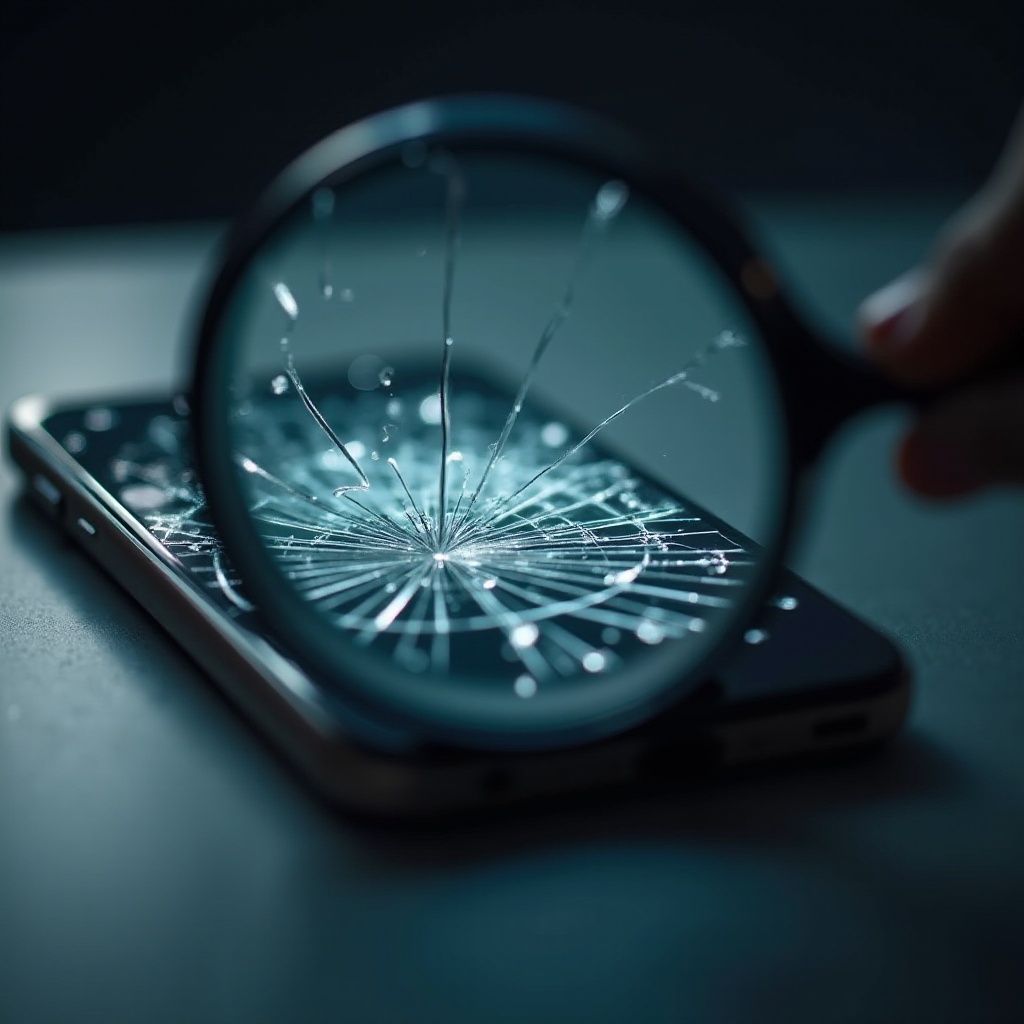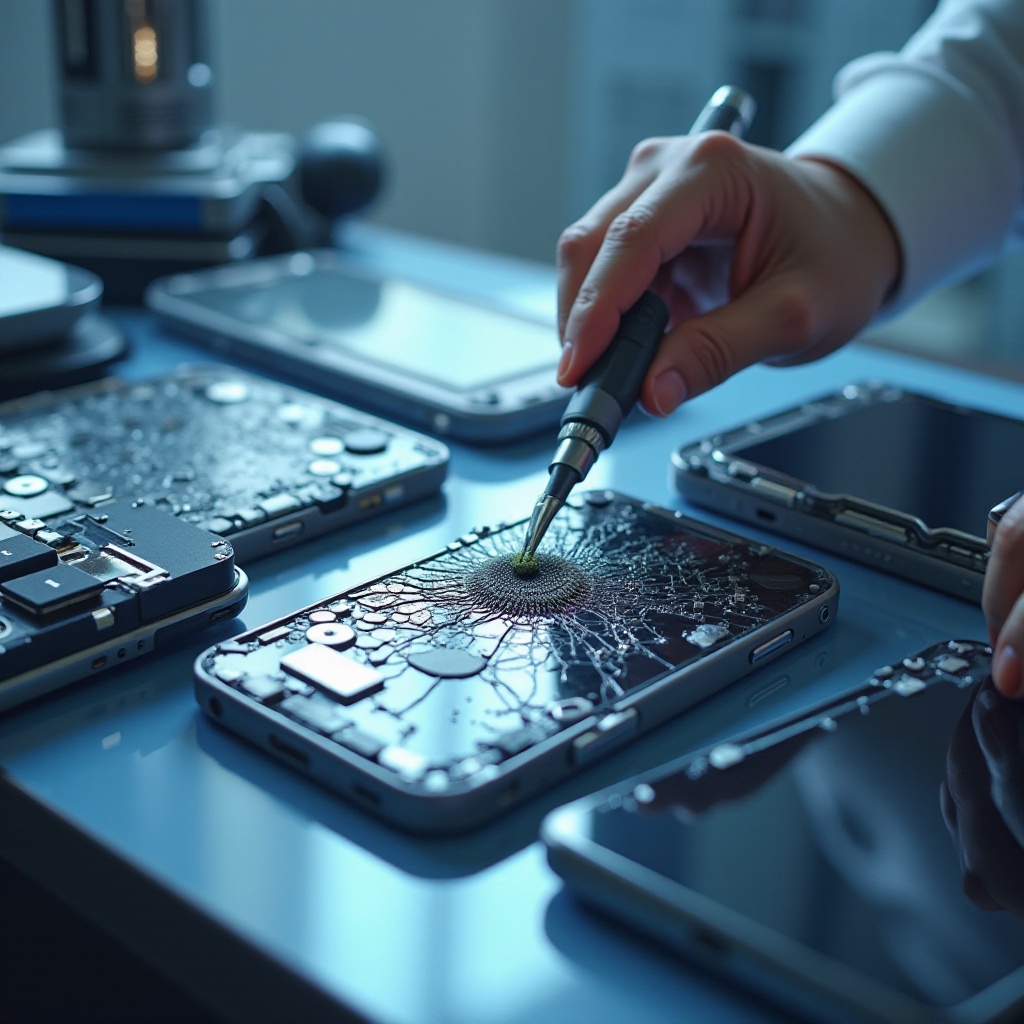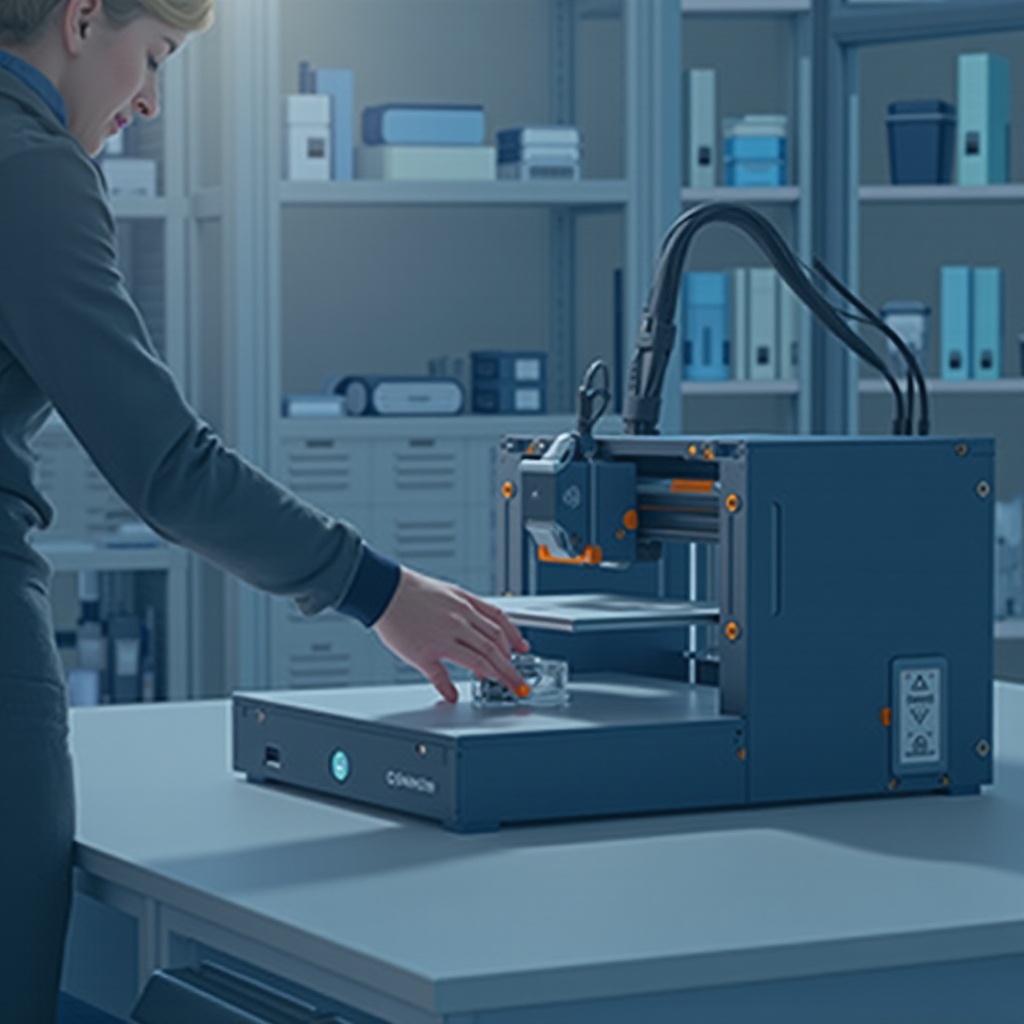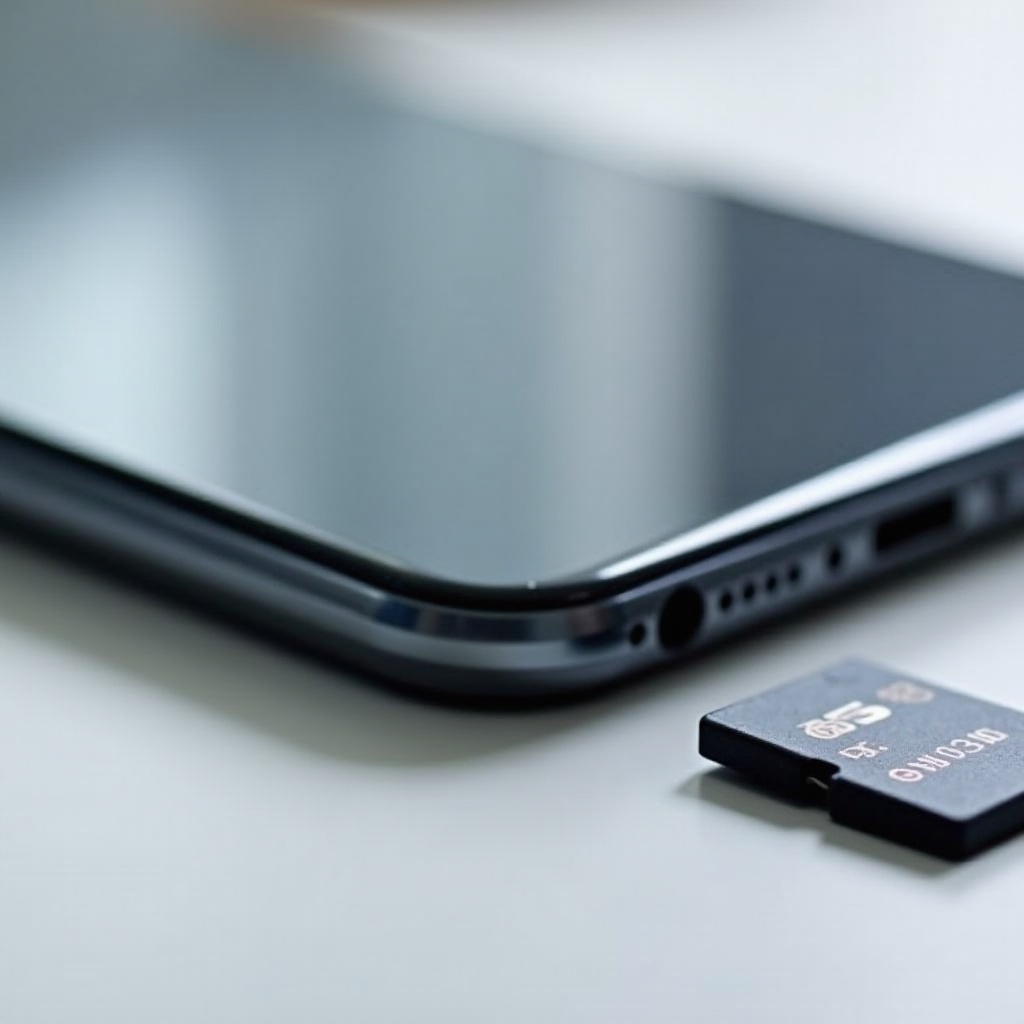Introduction
In today’s digital world, smartphones have become an indispensable part of our lives, storing not only our communication channels but also invaluable data, such as photos, contacts, and documents. Unfortunately, accidents are inevitable, whether it’s a sudden spill, an unfortunate drop, or an unexpected electronic malfunction. The fear of losing irreplaceable data can be overwhelming. However, there are strategies to minimize data loss and recover information from damaged devices. This guide details comprehensive steps and methods to help you recover your precious data effectively.

Assessing the Damage
The first step in any data recovery effort is to assess the extent of your phone’s damage. By determining whether your device is partially functional or if it is completely unresponsive, you can better tailor your recovery approach. For instance, if the phone still responds to some degree, there might be a chance to access the data directly; however, if it’s entirely dead, professional insight might be needed. Not only does an initial assessment guide your approach, but it also informs whether DIY methods could suffice or if expert help is warranted.

Recovery Methods for Different Damages
Different types of phone damage necessitate distinct recovery tactics. Each scenario offers unique challenges but also potential solutions for data retrieval.
Retrieving Data from a Phone with a Broken Screen
A cracked screen can hinder usability but usually doesn’t affect the phone’s internal systems. Here’s how to access your data:
- Utilize an OTG (On-The-Go) cable to connect a mouse, enabling navigation through your phone’s interface without a screen.
- Leverage screen-mirroring apps like Vysor to manage your phone via a computer.
- Once the display is mirrored, transfer files using USB or cloud services.
Recovering Data from Water-Damaged Phones
Water exposure necessitates quick action to maximize recovery chances:
- Dry your phone immediately using silica gel packets or uncooked rice, ensuring moisture is fully absorbed before attempting activation.
- After thoroughly drying, attempt to power on the device.
- If operational, connect it to a PC and use recovery software to extract data.
Data Recovery from Non-Responsive Phones
If your phone doesn’t turn on:
- Fully charge your device and try powering it up again to rule out battery issues.
- Should it remain lifeless, verify the power source and connections.
- Employ data recovery software capable of retrieving files from the device’s internal storage, even if it doesn’t power on.

Utilizing Data Backup Solutions
Backups are a powerful, often overlooked ally in data recovery, allowing access to your information independently of the device’s state.
Cloud-Based Backup Recovery
Cloud services provide seamless restoration of your backed-up data:
- Access your cloud account (such as Google Drive or iCloud) from another device.
- Retrieve and download essential files to your new phone or directly to your computer.
Local Backup Methods
For those who maintain local backups:
- Connect your phone to the computer where you’ve stored backups.
- Use the associated software for your device (like Samsung Smart Switch or iTunes) to restore your information.
DIY Data Recovery Techniques
Engaging in DIY recovery techniques can save time and money when addressing a malfunctioning phone.
Connecting to a PC via USB
Directly accessing your data through a PC connection can be straightforward:
- Use a USB cable to connect your phone to a computer.
- Navigate to your phone’s internal storage using the computer’s file explorer.
- Manually copy crucial data to your computer for safeguarding.
Using Data Recovery Software
Powerful software solutions can aid in recovering seemingly lost files:
- Opt for respected tools like Dr.Fone or DiskDigger.
- Install the application on your computer, then link your phone.
- Follow step-by-step instructions to locate and recover data safely.
Professional Data Recovery Services
If personal efforts fail, professional data recovery services may serve as the decisive solution. Specializing in complex recovery cases, these experts deploy advanced tools to access and reclaim data while minimizing further risks. While this option includes additional expenses, it stands as the ultimate recourse for recovering irreplaceable information.
Preventative Measures for Future Safety
While recovering existing data is vital, implementing preventative strategies ensures ongoing data protection.
Regular Backup Practices
Establishing solid backup routines mitigates future recovery scenarios:
- Set up automatic cloud backups regularly to retain consistent data versions.
- Conduct manual backups to external drives periodically.
Protective Measures for Your Device
Physical protection for your phone can prevent data loss as well:
- Equip your phone with robust cases and screen protectors to shield against damage.
- Be cautious of environmental hazards, avoiding exposure to water and impacts.
Conclusion
To successfully retrieve data from a broken phone, a calculated approach is crucial. Begin by carefully assessing your device’s condition and explore appropriate recovery methods based on specific damage scenarios. Making regular backups essential will also ensure your information remains secure, enabling data recovery and reducing stress amenably. With proper preparation and swift, informed actions, you enhance the chances of recovering vital data efficiently.
Frequently Asked Questions
How can I ensure my data is safe before an accident happens?
To protect your data, schedule regular backups using both cloud services and physical storage solutions like external hard drives. This redundancy ensures access to your information even if one backup method fails.
What should I do immediately after my phone gets damaged?
First, assess the damage to avoid exacerbating the issue. Disconnect power to prevent shorts and dry the phone thoroughly if it’s been exposed to water. Avoid turning it on until safe to do so.
Is professional data recovery always necessary?
Professional service is not always necessary; it depends on the damage extent and your recovery needs. If DIY methods are unsuccessful and data is irreplaceable, professional recovery can be worthwhile.

